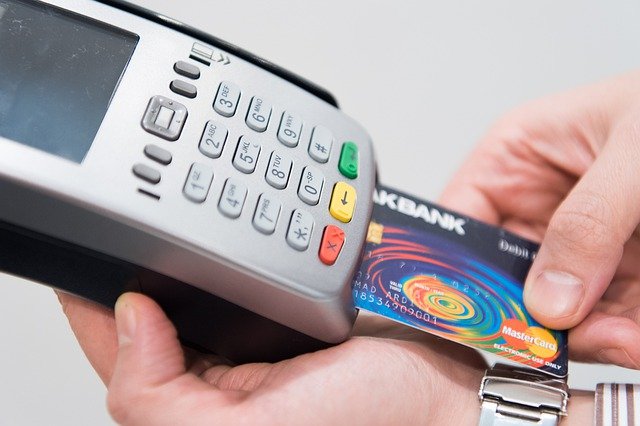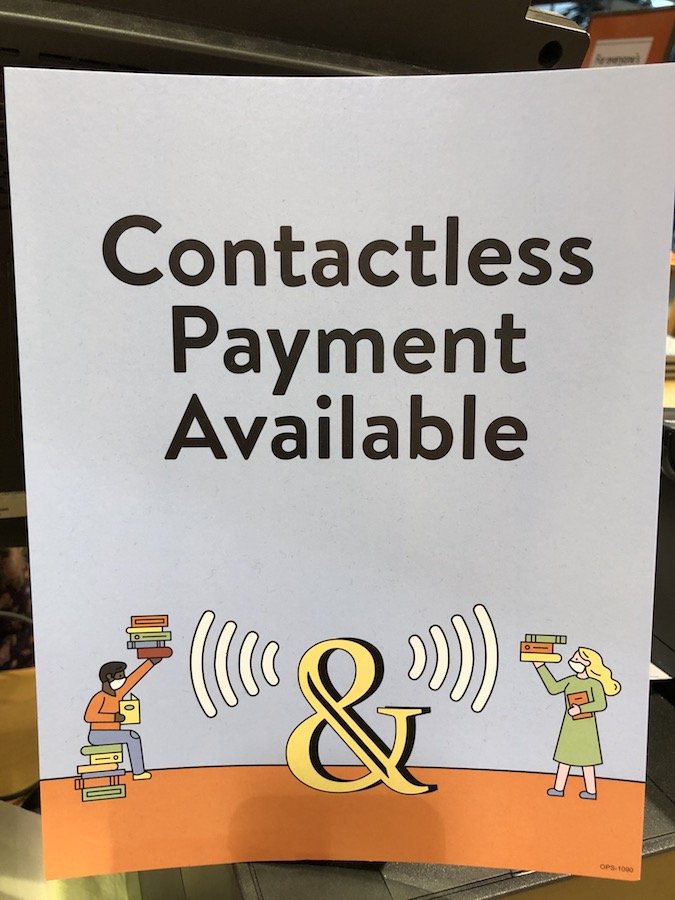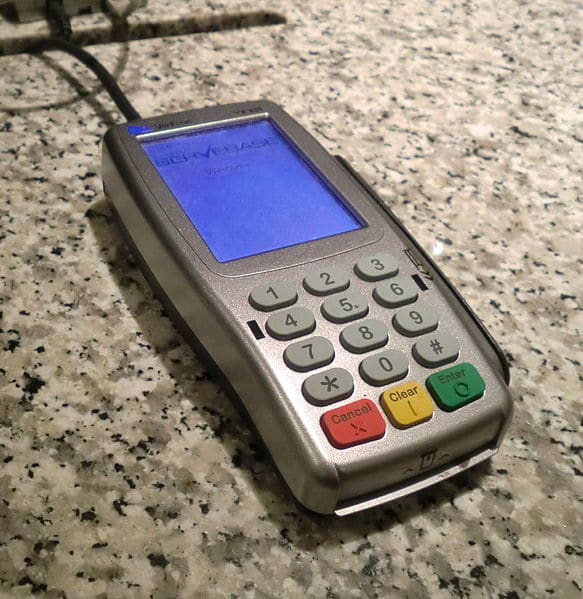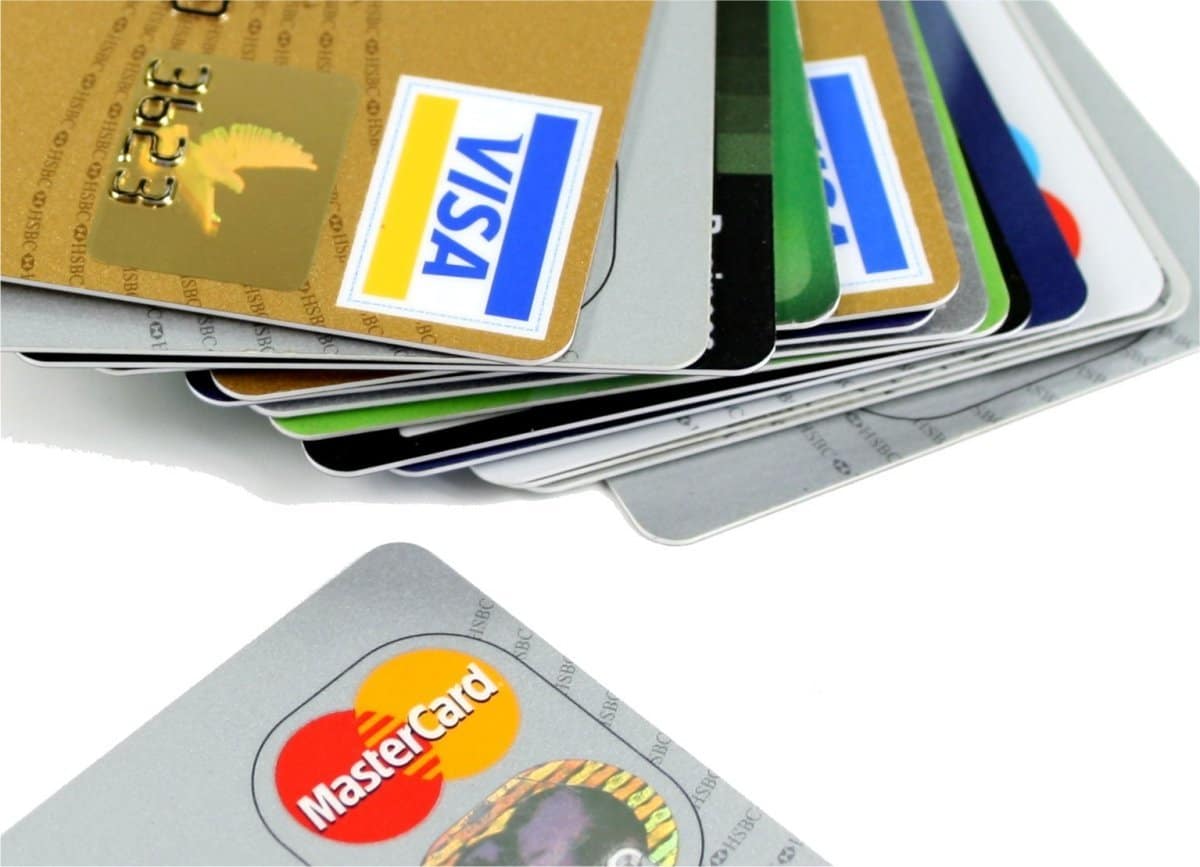Credit Card Company Developing “Gait Technology” to Verify Identities
Last Updated on June 1, 2020 by
There are so many things that identify us as individuals: Everyone has their own unique fingerprints. We may share the DNA of our parents, but it is unique and all our own. Even the shape of our ears and ear lobes is uniquely our own. So it’s not a far stretch to discover that we all have an individual gait — a unique way we walk — and that credit card companies may begin to use “gait technology” as a way to identify us in certain settings. They’re also working to be able to identify people through facial recognition, heartbeat, and vein patterns.

Ajay Bhalla, president of cyber and intelligence solutions for Mastercard, told MarketWatch in an interview: “We are working with transport organizations where your face or gait will authenticate you.
“The way you hold your phone, which ear you use, and how your fingers touch the buttons are all unique to you. We have been testing heartbeat, vein technology, and the way people walk to authenticate people.”
The plan is for closed-circuit television cameras to identify passengers approaching the transport barriers and gates.. When the system recognized each individual passenger, it would let them pass after it matched them with an account that is linked to a valid payment card.
In other words, if you approach a turnstile and your gait matches the one they have on file for you, you can pass through and your card will be automatically charged. Or, we’re guessing, if you’ve paid for a monthly pass, you’ll be allowed through and your passage will be marked on your account. Eventually, this could be used in other locations as well.
This is an interesting authentication method, because it’s one step closer to combining all of our physical and biometric data that makes it easier to verify our identity and reduce fraud. Imagine having your identity verified when you walk into a store, so you can safely use your credit card when you pay for your goods. You could be identified after you take a few steps into the store, or even as you walk into an airport.
Conversely, imagine the protection that comes with gait verification, if your card were stolen and used by someone who walked into a store and tried to buy a TV or expensive piece of clothing and the purchase was immediately denied because the crook’s gait did not match your own. (And the thief’s identity could also be established through that same technology.)
Of course, this also has the disturbing consequence of people being able to be more readily identified, even if they want to move through the city anonymously, travel in disguise, or even live under a new name or identity (i.e. people in witness protection or escaping an abusive relationship). While there are no current plans for this technology to be used to monitor people walking around a city, this could be harnessed and abused.
According to BiometricUpdate.com, Mastercard-owned company NuDada reported a 430 percent increase in cybercrime attacks since July 2019, and account takeovers increased by 330 percent in the last four months of 2019. Additionally, the FBI recently reported that there were 467,361 cybercrime incidents totaling $3.5 billion in 2019.
Clearly financial fraud is on the rise, and anything that can be done to reduce the overall amount of fraud is only going to help consumers and merchants. While gait technology is currently still being developed, credit card networks are working hard to reduce the amount of fraud and theft in the world through biometrics and increased security. That can only help merchants and consumers.
Corepay can also help merchants reduce the chances that they’ll be the victims of fraud, friendly fraud, and theft. To learn more, please visit our website or call us at (866) 987-1969.
Photo credit: Clem Onojeghuo
We appreciate you following Corepay’s blog. Let’s collaborate, send us your article suggestions, questions, and/or feedback to: [email protected].




